Kingdom Animalia Family Columbidae Scientific name Streptopelia orientalis Higher classification Streptopelia | Order Columbiformes Genus Streptopelia Phylum Chordata Rank Species | |
Similar Bird, Streptopelia, Brown‑eared bulbul, White‑cheeked starling, Pigeons and doves | ||
Oriental turtle dove bird
The Oriental turtle dove or rufous turtle dove (Streptopelia orientalis) is a member of the bird family Columbidae, doves and pigeons.
Contents
- Oriental turtle dove bird
- Oriental turtle dove hd bird watch at nako kinnaur himachal pradesh
- Names
- Taxonomy
- Morphology
- Differences between the forms orientalis and meena
- Vocalisations
- Status and distribution
- Vagrancy
- Breeding biology
- References
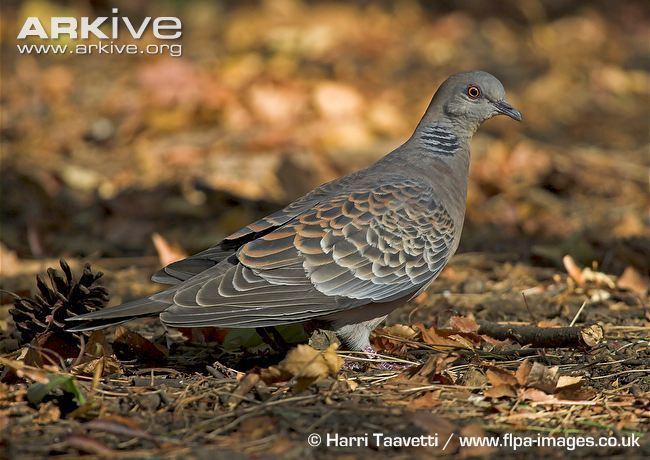
Oriental turtle dove hd bird watch at nako kinnaur himachal pradesh
Names
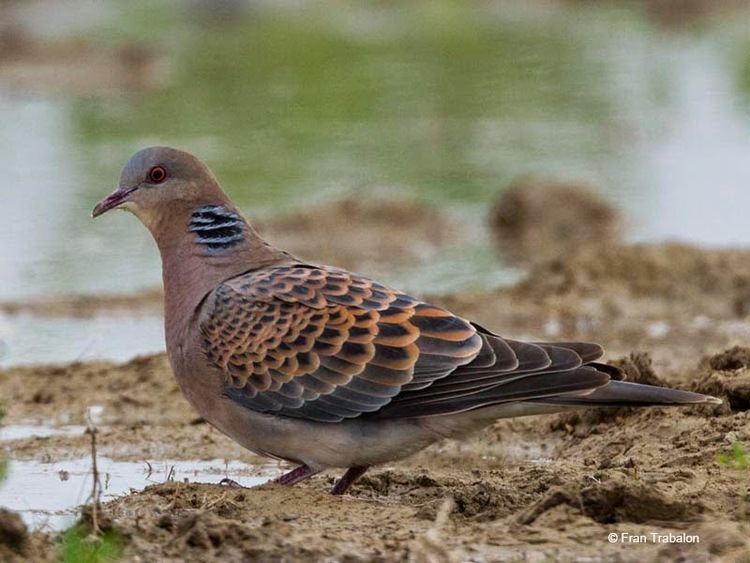
Both the names Oriental turtle dove and rufous turtle dove have been used for this species. It has been suggested that the name rufous turtle dove should be used for the western form meena, and Oriental turtle dove for the nominate orientalis.
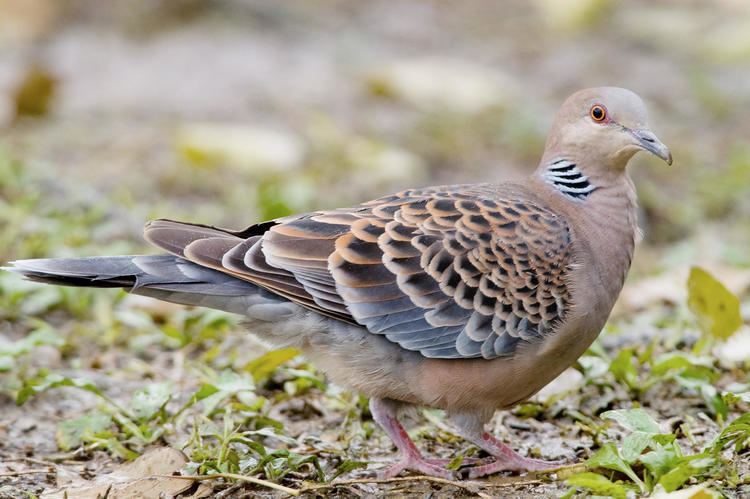
The genus name Streptopelia is from Ancient Greek streptos, "collar" and peleia, "dove". The specific orientalis is Latin for "eastern", in this case referring to the type locality, China.
Taxonomy
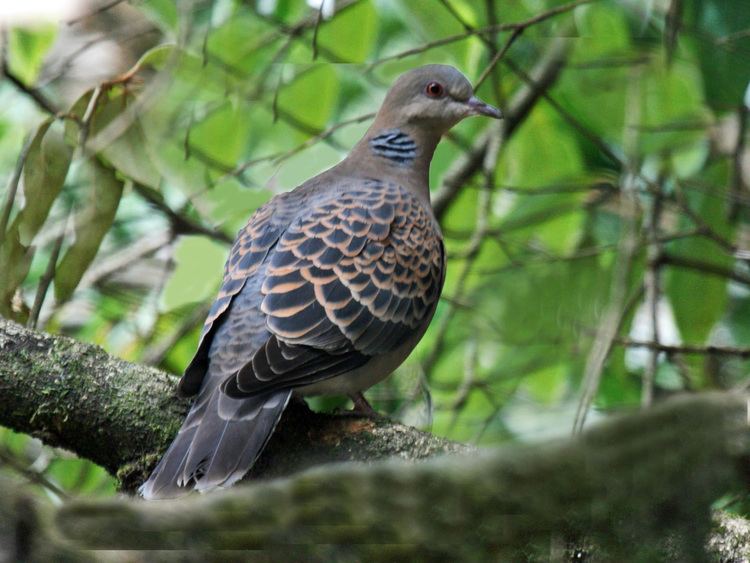
The Oriental turtle dove has two distinct migratory northern races, S. o. orientalis in the central Siberian taiga, and S. o. meena in open woodland of central Asia. There are also two non-migratory southern races. Two other races have been described from East Asian islands.
Morphology
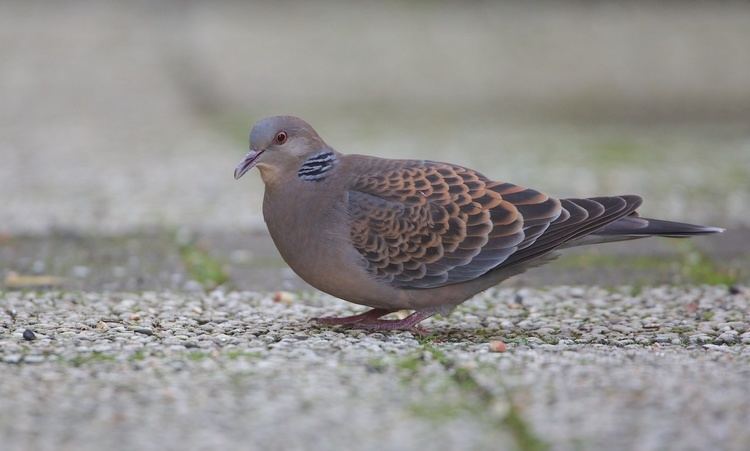
This small species is very similar in plumage to its European counterpart, the turtle dove. It is a little larger than that species, particularly in the case of orientalis, about the same size as a collared dove. It shares the black and white striped patch on the side of its neck, but the breast is less pink, and the orange-brown wing feathers of the turtle dove are replaced with a browner hue, and darker centres. The tail is wedge shaped, like the turtle dove. The flight is more relaxed and direct than that of its relative.
Differences between the forms orientalis and meena

The differences in the tail patterns of the forms S. o. orientalis and S. o. meena have been widely reported. Orientalis is described as having a grey tip to the tail and more black in the outer web of the outer tail-feathers, while the meena has a white tip to its tail like the turtle dove and less black in the outer web of the outer tail-feathers. However, these are not consistent differences: both forms can have white or grey tail-bands, and orientalis can have little black in the outer webs of the outer tail-feathers.
Vocalisations
The call is quite different from the purr of the turtle dove. It is a four-syllable her-her-oo-oo.
Status and distribution
The westernmost race, meena, breeds in the Western Palearctic region.
The southernmost populations are resident, but most other birds migrate south to winter in India, the Maldives, where it is the national bird, and southern Japan.
Vagrancy
This species is a rare vagrant to northern and western Europe. A 1986 review by Erik Hirschfeld in Dutch Birding listed around 30 records, mostly in autumn and winter. Prior to this, it had been suggested that European records referred to escapes from captivity, because of their tameness, the distance from the species' normal breeding range, the suburban habitat of many of the records, and their winter timing; Hirschfeld presented counter-arguments to all these points, and today it is generally accepted that most if not all rufous turtle doves in Europe are wild birds.
In 1994, the British Birds Rarities Committee reviewed the British records of this species and concluded that three of the eight accepted records should no longer stand. The Oriental turtle dove has occurred a number of times since, including a well-watched bird in Oxfordshire in February 2011, which was found in a birdwatcher's garden. The house owner used the opportunity to charge a £5 fee to view the bird from his kitchen window and up to 500 people queued to see the bird.
S. o. orientalis occurs as a rarity in western Alaska and British Columbia.
Breeding biology
Two white eggs, as for all pigeons and doves, are laid in a twig nest in a tree.
